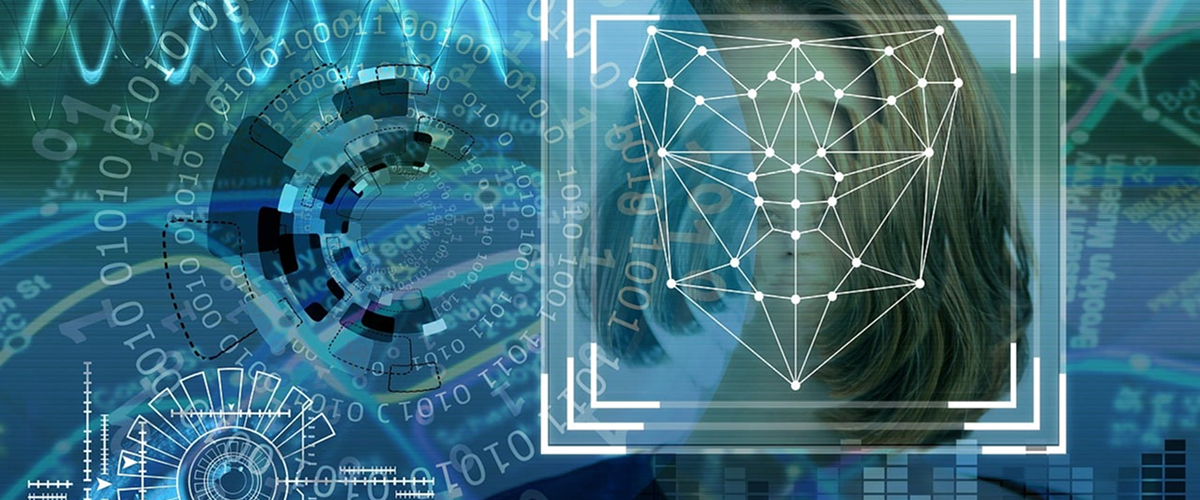How Facial Recognition and AI Are Improving Security and Efficiency in Schools
In a world where technology takes centre stage in learning, schools are moving beyond smart boards and virtual classrooms—embracing breakthroughs such as Facial Recognition and Artificial Intelligence (AI) to create safer, smarter campuses. These advanced technologies not only improve security but also enhance efficiency in everyday school activities, from attendance monitoring to campus access control.
1. Intelligent, Contactless Attendance
Traditional manual attendance can be time-consuming and prone to errors. Using facial recognition, schools are turning to a speedier and more accurate method. Instant Identification: Students are identified as they approach the campus or classroom—no ID cards, no biometric scans. Time-Saving: Attendance is instantly marked in seconds, freeing up teachers to teach rather than filling out forms. Real-Time Updates: Parents and administrators get real-time attendance updates, enhancing transparency and student security.
2. Strengthened Campus Access Security and Physical Access Control
Facial recognition technology is redefining how institutions control physical security. Safe Point of Entry: Access to the campus is given to only designated individuals—visitors, faculty members, or staff. Unauthorized faces alert campus security staff. Visitor Control: A guest's face may be scanned and documented at the door, recording campus visitor movements safely and tracking it. Emergency Alerts: AI systems have the capability to recognize unusual patterns or attempted intrusions, prompting immediate alerts to school officials or security personnel.
3. AI-Enabled Surveillance and Monitoring
AI-equipped CCTV systems don't just record—those can interpret and interpret visual data in real-time. Behaviour Detection: AI has the capability to track students' behaviour, recognize fights, hanging around, or safety infractions, and automatically trigger alarms without continuous human supervision. Smart Zone Monitoring: Specific zones such as labs, server rooms, or main offices can be tracked more intensely with AI-driven alerts for out-of-the-ordinary activity. Data Logging & Analysis: Videos are labelled, organized, and quickly searchable based on facial recognition, allowing schools to quickly and accurately review incidents.
4. Personalized Learning & Administration Support
In addition to security, AI with facial recognition can optimize the learning experience. Emotion Detection: Certain sophisticated systems are able to recognize student participation and emotional expressions—informing teachers when a student is puzzled, distracted, or disengaged. Streamlined Admin Functions: Automated attendance, access records, and even exam verification enable staff to concentrate on more critical tasks, boosting overall productivity.
5. Establishing Trust with Parents
Peace of mind among parents is an important consideration when selecting a school. Facial recognition and AI facilitate establishing trust. Real-Time Updates: Parents are able to get real-time alerts when their child arrives or departs the campus. Security Confidence: Being assured that the school employs sophisticated surveillance and access control makes the environment safer and alleviates family anxiety.
Challenges and Ethical Considerations
As with all technology, there are legitimate issues that need to be addressed:
- Privacy: Schools need to make sure facial data is encrypted, stored securely, and utilized within ethical and legal limits.
- Consent: Parents and students must be made transparent. Most institutions have adopted opt-in strategies and explicit data usage conditions.
- Bias in Recognition: AI systems need to be trained using diverse data sets to prevent racial or gender bias when recognizing faces.
The Future: A Smarter, Safer Campus
Facial recognition and AI are no longer science fiction supplements—soon they will become standard components of the modern education ecosystem. Applied responsibly, they enhance security, simplify operations, and make a more intelligent school environment. Facial recognition and AI are no longer science fiction supplements—soon they will become standard components of the modern education ecosystem. Applied responsibly, they enhance security, simplify operations, and make a more intelligent school environment.
Conclusion:
By adding facial recognition and AI, schools are entering an era of unparalleled security and operational efficiency. The technologies not only protect students and employees but also enable institutions to concentrate on their primary mission—educating and empowering the next generation.
